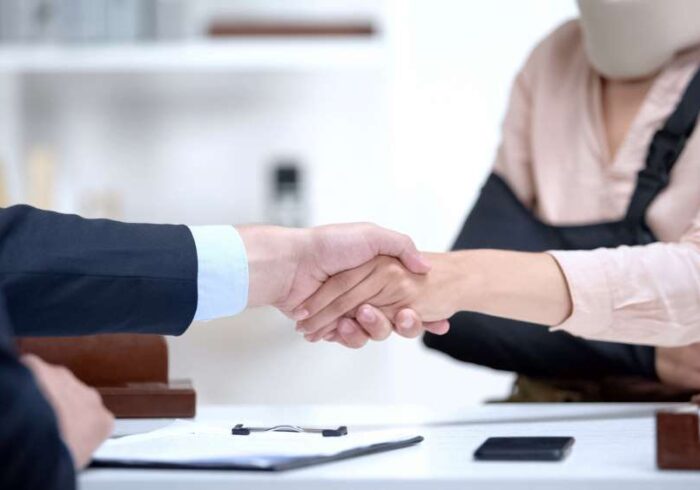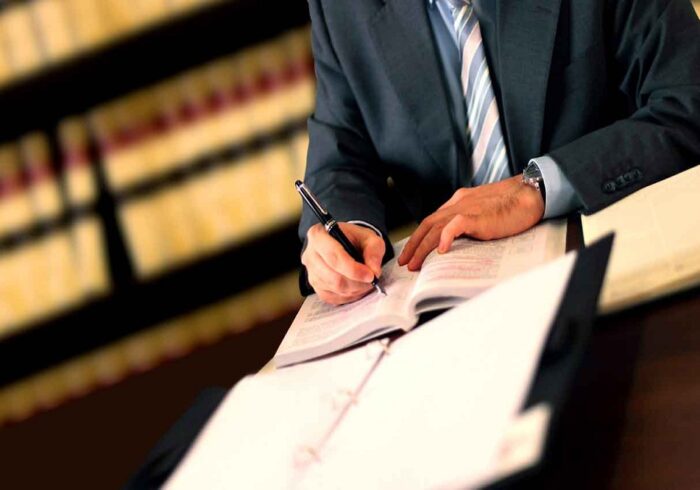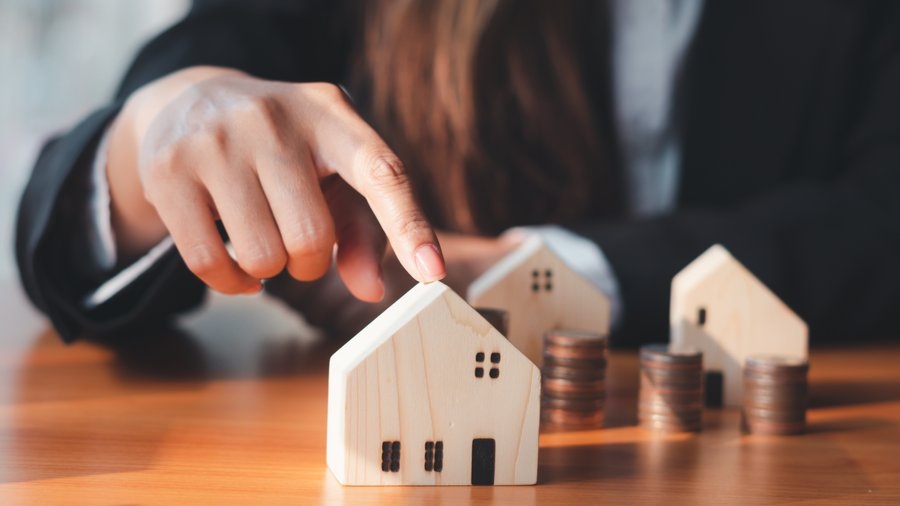Staircase slips and falls can be extremely dangerous. Tripping and falling on a hard surface on the ground level is already hazardous, but falling from a height, adding the impact of several steps, and getting hit by other objects can cause severe damage. Falling from the stairs can be devastating and traumatic, and the liable party should pay for your damages.
If you have been injured in a premises liability case, you should speak to a slip and fall lawyer in Jersey City immediately and begin working on your claim. An attorney can help you gather evidence and strengthen your claim to increase your chances of winning. Meanwhile, understanding why staircase slip and fall accidents happen can help prevent them.
Most common reasons for staircase accidents
- Slippery stairs.
This may come off as obvious, but slippery stairs are among the most common reasons staircase slip-and-fall accidents occur. Stairs made of tiles or highly polished wood are more slippery than painted wood, stone, and carpeted stairs. It is important to use the railings of the staircase whenever you use the stairs. Avoid using your phone or keeping your hands occupied at such times.
- Poor lighting.
Another significant cause for slip and fall accidents on the staircase has nothing to do with the stairs but the lighting over them. Poor or inadequate lighting can make it difficult for many people to navigate up or down the stairs because they cannot see where to place their feet. Sometimes poor lighting combines with other hazardous factors and results in a devastating accident.
- Broken or missing handrails.
Stairs should have properly functioning handrails so people can use them up or down the stairs. Handrails can be extremely useful in preventing an accident because people with good reflexes can stop themselves from falling down by holding on to the railing. Damaged and old railings can break even with a minor weight and are ready to collapse at any given time.
- Uneven stair height or depth.
Sometimes the fault is not of the property owner but the team who built the property. There are certain building codes outlining the required variance while constructing stairs. Our brain remembers how high the previous step was and automatically tells the brain to move the same distance. If the steps’ heights differ, one can easily lose balance and fall off the stairs.
Contact a slip-and-fall attorney in New Jersey immediately.








